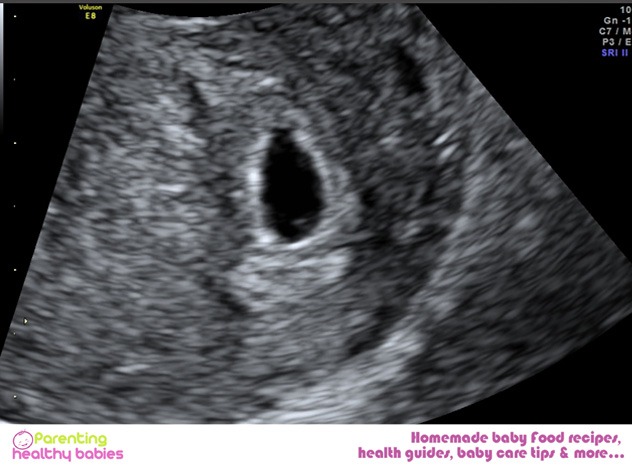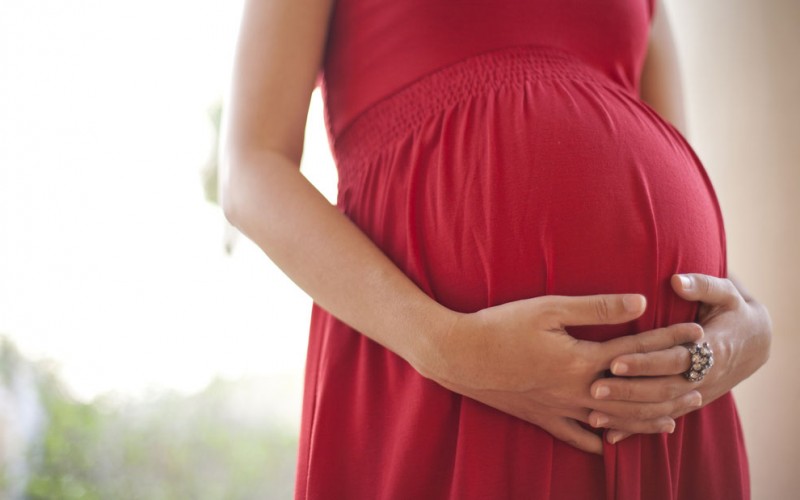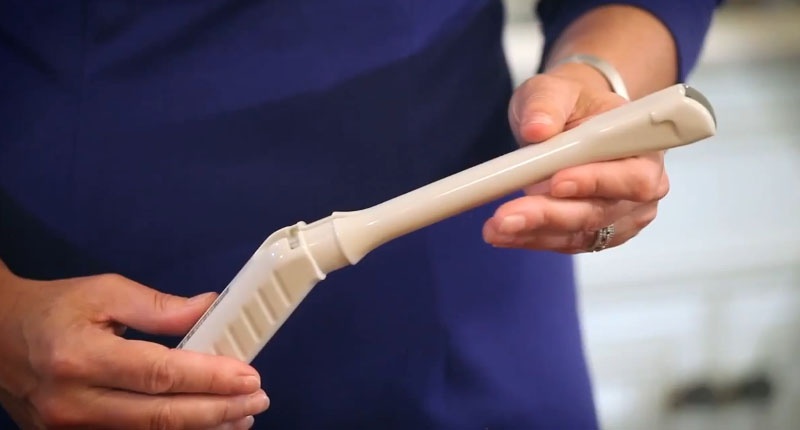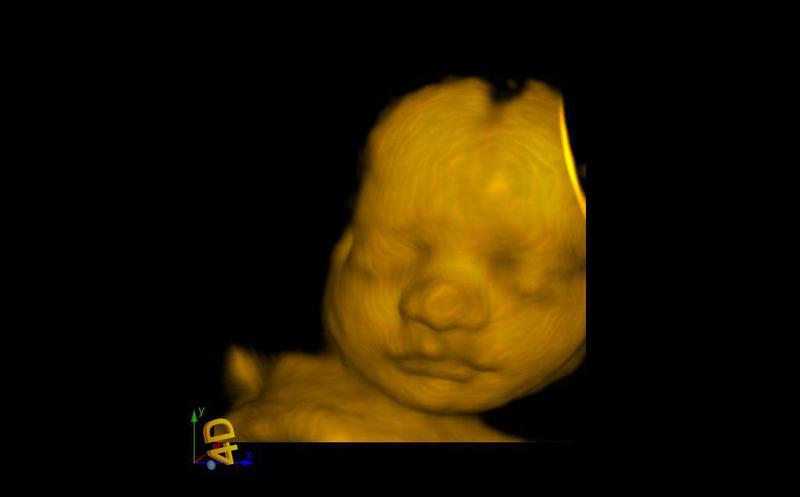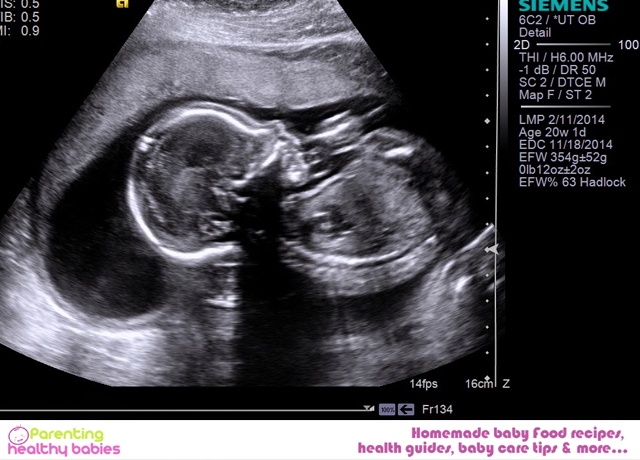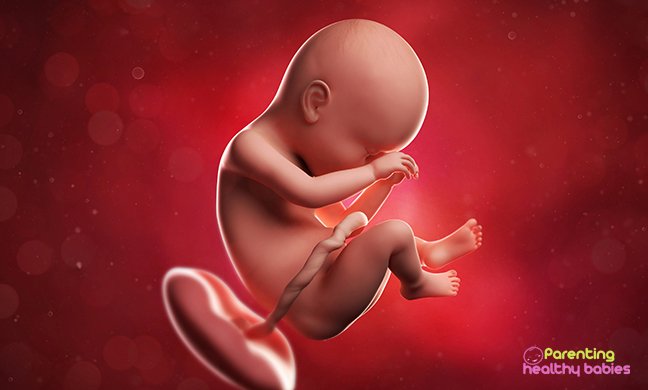Week 5 of pregnancy marks the beginning of your new journey towards motherhood. Most women are able to detect and confirm their pregnancy by this week. At 5th week, they realize they have missed their periods. The urine pregnancy test can help to confirm the news. Here is a brief discussion about what you can expect the growth and development of the fetus at week 5 of pregnancy.
The Growth and Development of Fetus at Week 5 of Pregnancy
The growth of the baby takes up speed following the 5th week. The embryo attaches itself to the uterine ling. It begins growing at a faster pace. At this week, the fetus is still as small as a sesame seed. It looks more like a small tadpole than a human. The fetus may measure about 2 mm or 0.13 inches from the crown to the rump.
The fetus, at this stage, is made of three layers: the endoderm, ectoderm, and mesoderm. These layers later develop and form the organs and tissues of the body.
Major developments occur in the nervous system of the baby. The neural tube begins to develop. The brain, nerves, spinal cord, and the backbone develop from the neural tube. It grows from the top layer, the ectoderm. Later, the ectoderm gives rise to the skin, nails, and hair. It also develops to form the mammary glands, sweat glands, and the tooth enamel of the baby.
The organs of the circulatory system including the heart and the blood vessel begin to form from the middle layer, the mesoderm. At week 5 of pregnancy, the heart divides to form the 4 champers. It forms the right and left atrium as well as the right and left ventricles of the baby’s heart. The heart also begins to beat and pump blood at this week. The mesoderm forms the muscles, bones, and the cartilage.
The third layer, called endoderm, forms the lungs, and intestines. The primitive urinary system of the baby, the thyroid, pancreas, and the liver also develop from endoderm. The primitive umbilical cord and placenta, which deliver oxygen and nourishment to your baby, continue working as they did in the previous week.
Ultrasound imaging at week 5 of pregnancy
Women who have confirmed their pregnancy are advised to undergo an ultrasound imaging test at week 5 of pregnancy. This test is aimed at evaluating the growth of the fetus. It can also help to rule out ectopic pregnancy. Ectopic pregnancy is a condition in which the fetus is implanted at an abnormal place such as the fallopian tubes. It could pose a risk of life-threatening complications. Hence, an ultrasound imaging test is recommended to rule out the same.
Most women are advised to do ultrasound imaging test at week 8 or 9 of pregnancy. However, women, who have a medical history that can put them at a risk for pregnancy-related complications, are advised to do the imaging earlier. Women having a history of miscarriage should also take the test at week 5.
The week-5 embryo looks similar to a tadpole. The ultrasound may be able to detect the development of the organs. The development of the heart, liver, and the kidneys can be evaluated with an ultrasound imaging test at week 5 of pregnancy. You may also be able to see the fluttering heartbeats of the baby on the ultrasound screen.
This first ultrasound will include measuring the baby from the crown to rump. This can help to adjust the due date based on the baby’s size. This is important especially for the women who have irregular menses. Calculating the due date using the last date of menstruation may not be accurate in such cases. The ultrasound imaging can be useful for fairly predicting the due date in these cases. The due date may change over the course of next months of pregnancy.
Read more: Week 6 of Pregnancy: Pregnancy Week by Week
Sign and symptoms of week 5 of pregnancy
The pregnancy symptoms felt at the fifth weeks mark the beginning of the slew of changes that are going to occur in your body in the next few months. However, there is no need to worry excessively based on what’s happening in this week. The symptoms are manageable and most of them resolve by the end of the first trimester. Here are some of the common symptoms women experience in week 5 of pregnancy.
- Sore breasts: you may experience a slight pain and soreness in the breasts.
- Morning sickness: Nausea in early pregnancy can occur at any time of the day and not just in the morning. It tends to be worse in the women having a twin pregnancy. Eating frequent, small meals can relieve nausea significantly. They can also eat dry foods like biscuits or a toast to relieve the symptom.
- Fatigue: once you have confirmed pregnancy, you must give more attention to your diet and even sleep to avoid fatigue and weakness. Fatigue is a common symptom of pregnancy.
Do not hesitate to take a short nap in the afternoon to prevent this symptom. Taking some extra rest, and doing light, non-weight bearing exercises will help you to beat fatigue and stiffness. Eating every few hours will also help to prevent fatigue by ensuring your blood sugar levels don’t drop much.
- Frequent urination: most women experience a frequent urge to pass urine at week 5 of pregnancy.
Some dos and don’ts to remember in week 5 of pregnancy
- Do get early prenatal care and keep up with your appointments
- Don’t take any medications without consulting your healthcare provider
- Do ask the doctor about the drugs you are already taking
- Don’t miss taking prenatal vitamins even if you are taking good care of diet
- Do stop smoking
- Don’t try any weight loss diet
Healthy eating habits to follow
- Eat a variety of foods to include all the nutrients you need. The recommended daily servings include about 6 servings of grains or bread, 2-4 servings of fruits, 4 servings of dairy products, about 4 servings of vegetables and 3 servings of protein sources like eggs or nuts.
- Ensure proper development of your baby’s brain and nervous system by eating foods rich in iodine like cheese, yogurt, and baked potatoes.
- You can get your daily dose of folic acid by eating dark green leafy vegetables and legumes like black beans, and chickpeas. This is necessary to prevent the neural tube defects in the fetus such as spina bifida.

